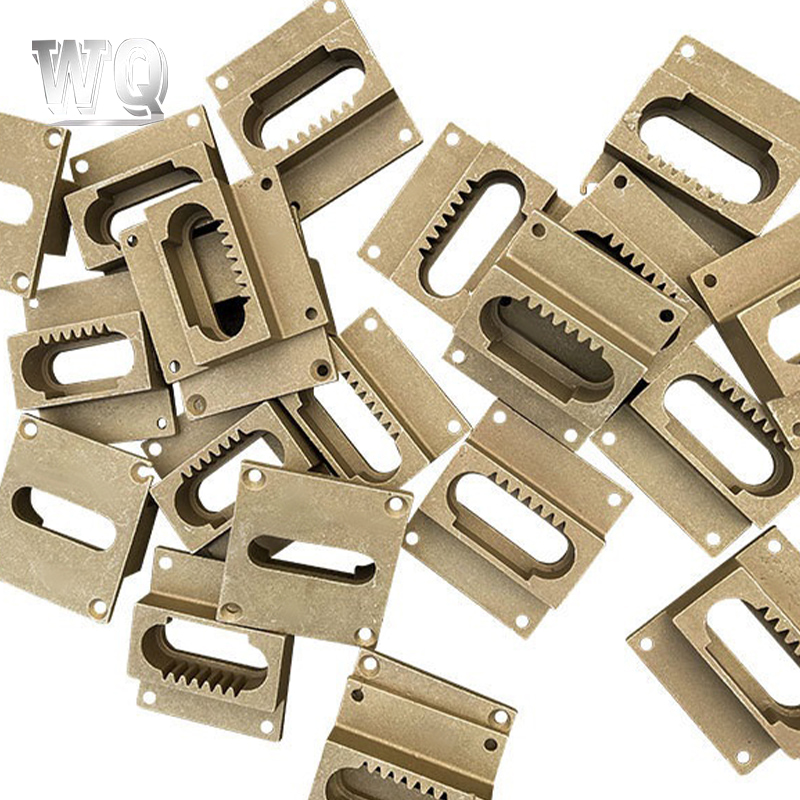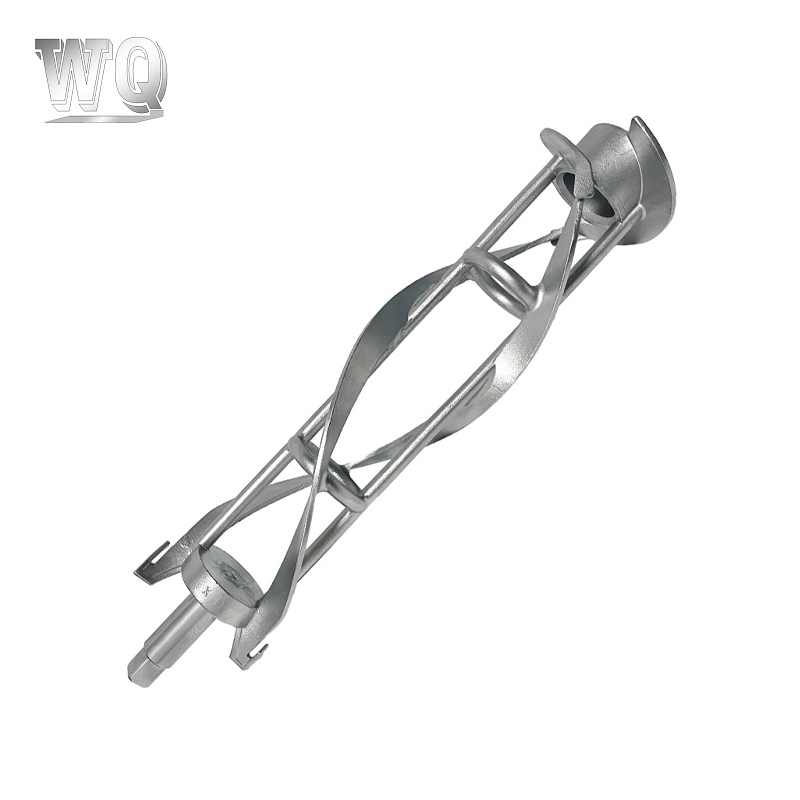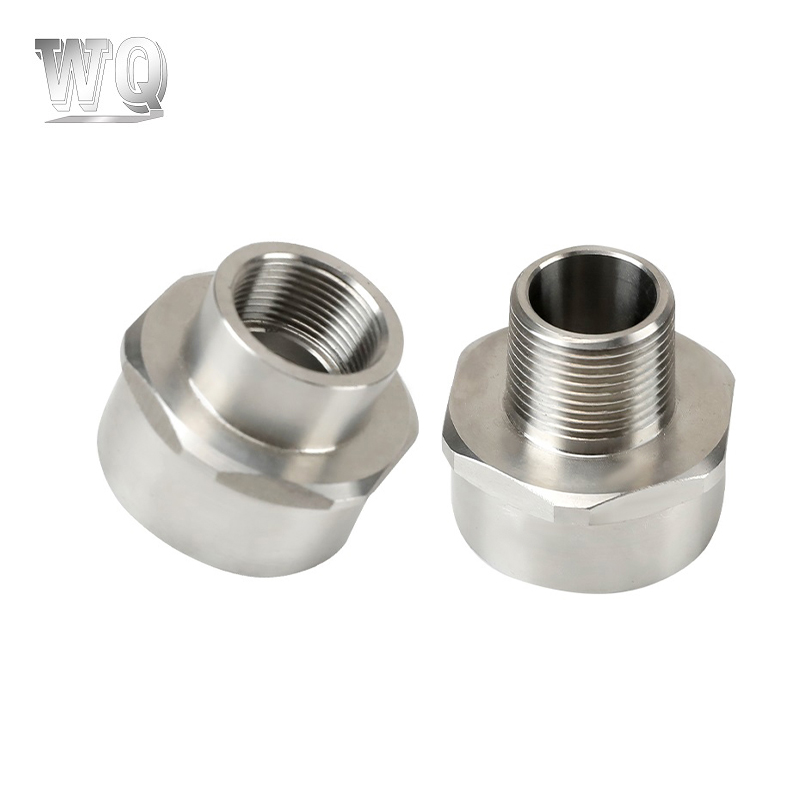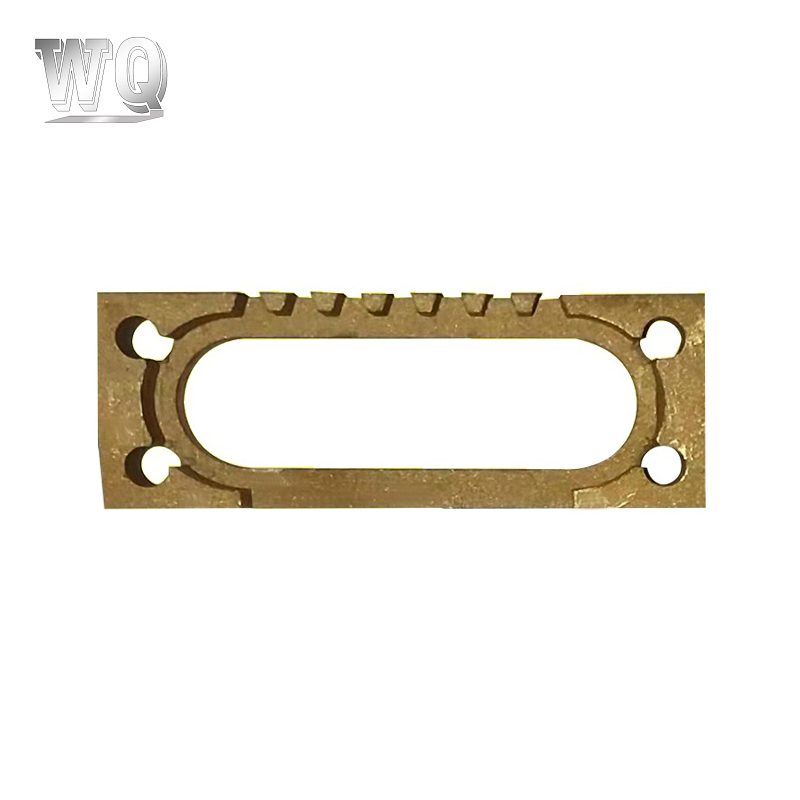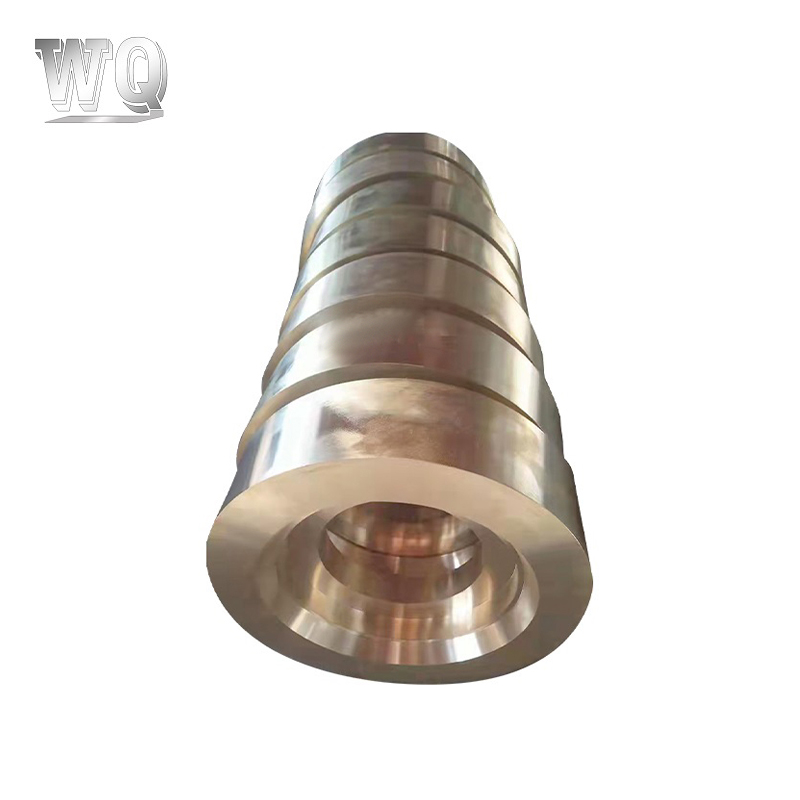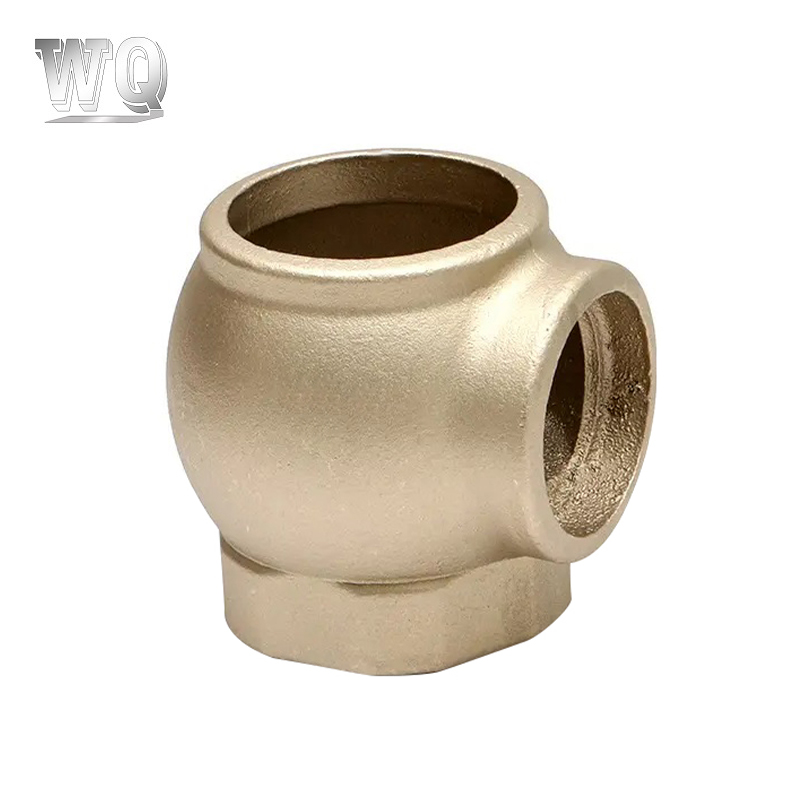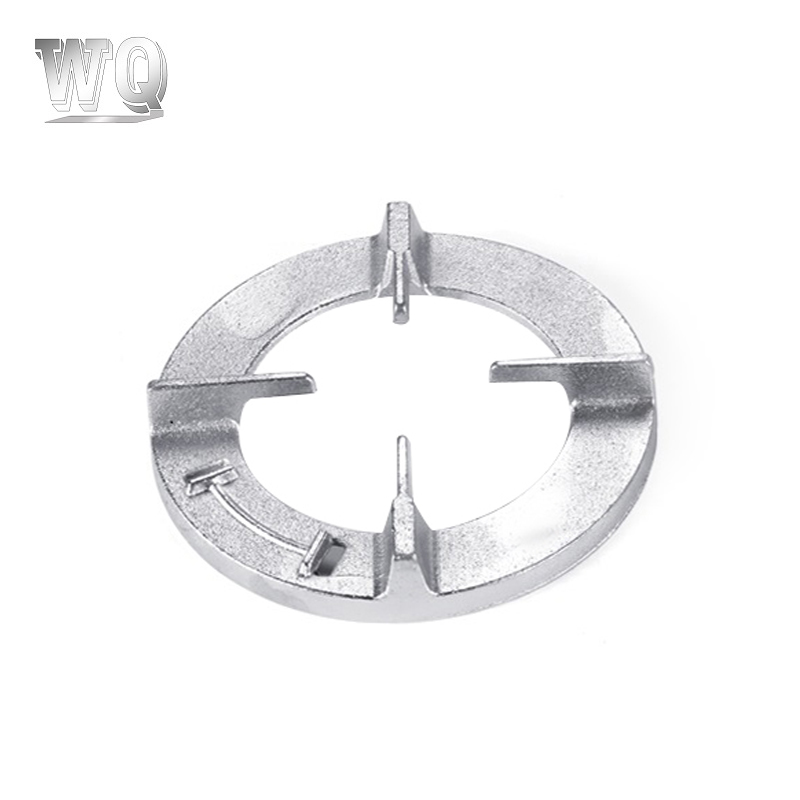Brass casting parts are components manufactured by pouring molten brass into a mold to achieve a desired shape. This process, known as casting, is widely used in industries requiring durable, corrosion-resistant, and dimensionally precise metal parts. Brass, an alloy primarily composed of copper and zinc, is favored for casting due to its excellent machinability, good strength, attractive appearance, and resistance to wear and corrosion. Below is a detailed, point-by-point explanation of brass casting parts, including materials, processes, types, applications, and advantages.
1. Composition of Brass Alloys Used in Casting
Not all brass is the same—different compositions yield varying mechanical and chemical properties:
Yellow Brass (C26000): Contains about 70% copper and 30% zinc. Offers excellent ductility and is commonly used for general-purpose castings.
Red Brass (C23000): Contains 85% copper and 15% zinc, with small amounts of tin and lead. More corrosion-resistant and often used in plumbing and marine applications.
Leaded Brass (C36000): Includes 2–3% lead to improve machinability. Widely used for complex parts requiring precision finishing.
Naval Brass (C46400): Contains tin and is highly resistant to seawater corrosion—ideal for marine hardware.
The choice of alloy depends on the required balance of strength, corrosion resistance, and workability.
2. Brass Casting Processes
Several casting methods are used to produce brass parts, each suited to different production volumes and complexity:
Sand Casting:
One of the oldest and most common methods. A mold is made from compacted sand, and molten brass is poured into the cavity.
→ Best for large, simple parts and low-volume production.
→ Lower surface finish but cost-effective for prototypes and heavy components.
Investment Casting (Lost-Wax Casting):
A wax model of the part is coated in ceramic, then heated to melt out the wax. Molten brass is poured into the hollow ceramic shell.
→ Produces highly detailed, complex shapes with excellent surface finish.
→ Ideal for intricate parts like valves, fittings, and decorative hardware.
→ Higher cost but minimal need for secondary machining.
Die Casting:
Molten brass is forced under high pressure into reusable metal molds (dies).
→ Suitable for high-volume production with tight tolerances.
→ Brass die casting is less common than zinc or aluminum due to brass’s high melting point, but it is used for high-strength components.
Centrifugal Casting:
Molten brass is poured into a rotating mold, using centrifugal force to distribute the metal evenly.
→ Often used for cylindrical parts like bushings, sleeves, and pipes.
→ Results in dense, uniform microstructure with fewer defects.
3. Types of Brass Casting Parts
Brass castings are used in a wide range of forms and applications:
Valves and Fittings: Used in plumbing, HVAC, and oil & gas systems due to brass’s resistance to water corrosion and ability to withstand pressure.
Pump Components: Impellers, housings, and manifolds benefit from brass’s durability and compatibility with fluids.
Marine Hardware: Propeller shafts, cleats, and underwater fittings made from naval brass resist biofouling and saltwater corrosion.
Electrical Connectors: Brass conducts electricity well and resists oxidation, making it ideal for terminals and switch components.
Decorative Elements: Architectural trim, door handles, and ornamental fixtures take advantage of brass’s gold-like appearance and polishability.
Industrial Machinery Parts: Gears, bushings, and bearings utilize brass’s low friction and wear resistance.
4. Advantages of Brass Casting Parts
Corrosion Resistance: Especially in water and humid environments, brass outperforms steel and many other metals.
Machinability: Brass is easy to cut, drill, and finish, reducing production time and tool wear.
Aesthetic Appeal: Can be polished to a high shine or given antique finishes, making it popular in visible applications.
Antimicrobial Properties: Copper in brass naturally inhibits bacterial growth—important in healthcare and food-processing equipment.
Dimensional Stability: Brass castings maintain their shape and size under thermal and mechanical stress.
Recyclability: Brass is 100% recyclable without loss of quality, supporting sustainable manufacturing.
5. Limitations and Considerations
Cost: Brass is more expensive than steel or aluminum due to copper content.
Weight: Heavier than aluminum or plastic alternatives—may not be ideal for weight-sensitive applications.
Lead Content: Some brass alloys contain lead for machinability, which can be a concern in potable water systems. Lead-free brass (e.g., C87850) is available for such uses.
Melting Point: Around 900–940°C, higher than zinc or aluminum, requiring more energy and specialized equipment.
6. Quality Control and Finishing
After casting, parts undergo:
Heat Treatment: To relieve internal stresses and improve mechanical properties.
Machining: To achieve precise dimensions and smooth surfaces.
Surface Finishing: Polishing, plating (e.g., chrome or nickel), or coating for enhanced appearance and protection.
Inspection: Visual checks, dimensional measurement, and non-destructive testing (e.g., X-ray or dye penetrant) ensure defect-free parts.
Brass casting parts are essential components in industries ranging from plumbing and marine engineering to architecture and electronics. Made through processes like sand casting, investment casting, and die casting, these parts combine the strength, corrosion resistance, and aesthetic qualities of brass with the design flexibility of casting technology. While more costly than some alternatives, their durability, low maintenance, and recyclability make them a smart long-term investment. The most durable and precise brass castings—such as those made via investment casting using lead-free or naval brass—are especially valuable in critical applications where performance and reliability are paramount. As manufacturing techniques advance, brass casting continues to evolve, maintaining its role as a cornerstone of modern metal fabrication.
